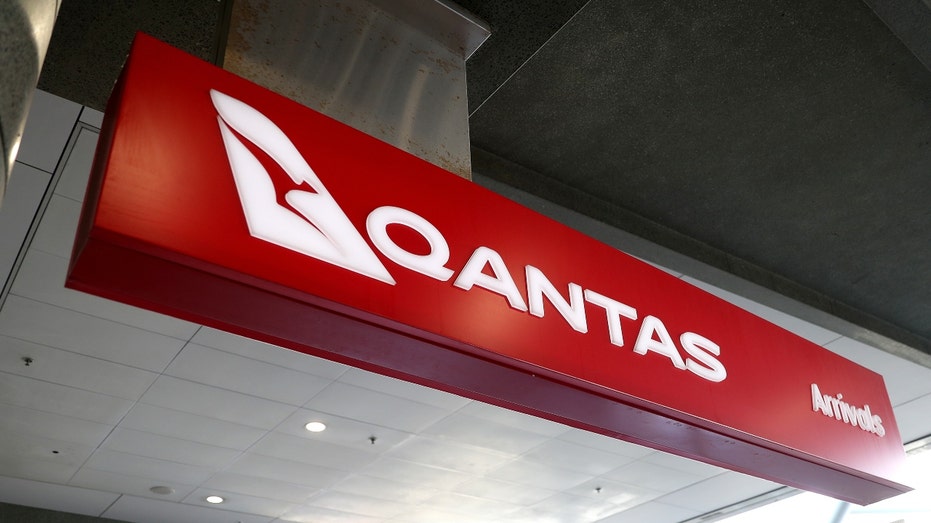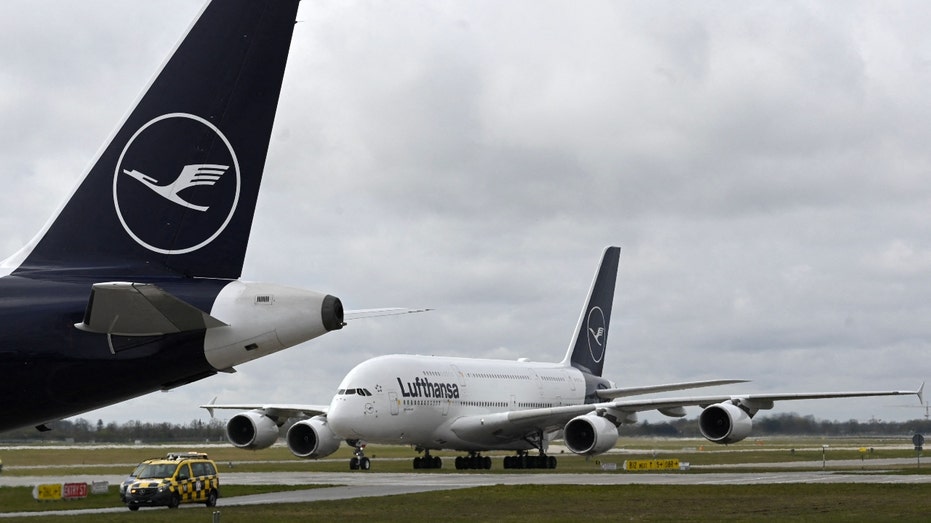Airlines using AI to reach ultra-long flight destinations: report
US and international airlines are relying on AI algorithms to help pilots
Is it time for an artificial intelligence bill of rights?
Cybersecurity lawyer Leeza Garber provides insight on the regulation of artificial intelligence on 'Making Money.'
Airlines are reportedly relying on machine-learning algorithms to assist with ultra-long flights.
Air New Zealand Ltd. and Qantas Airways Ltd. are relying on software to determine fuel-efficient flight paths, avoiding stops, according to Bloomberg.
Swiss International Air Lines and Lufthansa have also begun to use A.I., including forecasting models developed by Google Cloud, according to a January Fortune report. American airlines are also among carriers investing in the sector.
Such programs are able to help pilots avoid extreme weather and have the ability to instruct them to fly slower, with mapping software designed to improve as it is used more.
GOOGLE UNVEILS NEW BARD AI CAPABILITIES FOR CODING

A photo taken on August 9, 2021, shows an Air New Zealand plane taxiing to a gate at Auckland Airport with the national carrier managing to cut its losses by a third in the last financial year as strong domestic and cargo demand partially offset the ((Photo by WILLIAM WEST/AFP via Getty Images) / Getty Images)
The outlet said artificial intelligence is impacting much of the airline industry, from ticket sales to cockpit procedures, and Austria-based Flightkeys helps calculate about 380,000 flight plans each day.
Its mission is to meet emerging requirements of cost-optimized airline operations, trajectory-based operation and reduction of emissions.
Flightkeys co-founder and former pilot Raimund Zopp, 67, told Bloomberg that finding a minimum-cost trajectory is "really challenging" and that longer flight routes are a delicate balance of how much fuel can be put on the aircraft and how much to offload – stressing the importance of a fast and efficient system.

Qantas Airways Ltd. signage at Sydney Airport in Sydney, Australia, on Monday, Feb. 20, 2023. (Brendon Thorne/Bloomberg via Getty Images / Getty Images)
GET FOX BUSINESS ON THE GO BY CLICKING HERE
"It’s so complicated to find an optimum route when the systems in the aircraft are not capable of doing this. You need a system on the ground collecting a lot of data and then trying to find the minimum-cost solution," he explained. "There are so many constraints and parameters that need to be considered and you have to apply machine learning to correctly apply these constraints."
The route planner for Fightkeys is five-dimensional, factoring in latitude, longitude, altitude, time and the "probabilistic dimension."

The logo of German airline Lufthansa is seen on the tail of the aircraft as a plane of the same airline lands at Munich International Airport, Munich, southern Germany on April 12, 2023. (CHRISTOF STACHE/AFP via Getty Images / Getty Images)
CLICK HERE TO READ MORE ON FOX BUSINESS
"The most imprecise data during the planning phase is the actual time of departure — it’s not known if you’ll really depart on schedule. It makes a big difference during the planning phase," Zopp explained. "You have a lot of chances to finetune the flight when you’re in the air because all factors are known much more precisely at that point."





















